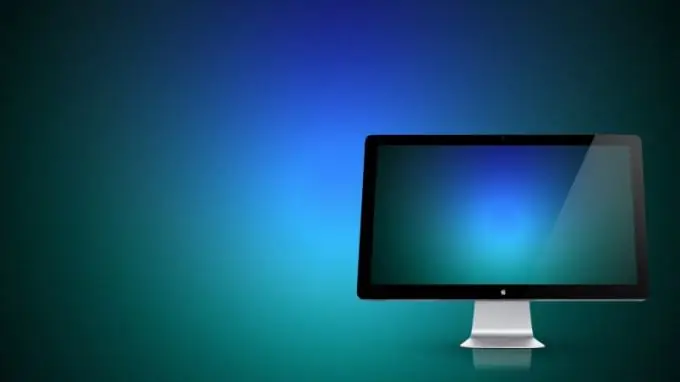Almost all peripheral and external devices, gadgets, as well as mobile phones, cameras, webcams are connected to the computer via the USB bus. Sometimes, when trying to connect, an unrecognized USB device message appears. This problem can be caused by software and hardware reasons.

Instructions
Step 1
Check if the device is recognized on another computer. If not, try replacing the USB connection cable - it is possible that the conductors have broken. If replacing the cable does not work, the device may need to be repaired or replaced.
Step 2
One of the causes of problems may be static electricity on the metal plug of the device or in the USB connector of the system unit. Remove the device from the connector and turn off the computer for 2-3 minutes, completely disconnecting it from the power source. If possible, thoroughly blow out the USB connectors - the dust accumulated inside them holds the static charge well.
Step 3
The system may not recognize the device due to a driver failure. To correct the situation, delete the INFCACHE.1 file, which contains information about the USB device drivers. To do this, you need administrator rights.
Step 4
Open the C: / Windows / folder. On the Tools menu, click Folder Options and go to the View tab. In the "Advanced Options" section, check the box next to "Show contents of system folders" and uncheck the box next to "Hide protected files". Select "Show hidden files and folders".
Step 5
Expand the C: / Windows / inf / folder in Windows XP or C: / Windows / System32 / DriverStore / in Windows 7. Find the INFCACHE.1 file, right-click it and choose Delete. Connect the device and install the driver again.
Step 6
The USB controller driver for your system unit may have been corrupted. In Control Panel, expand Administrative Tools and double-click Computer Management. In the right part of the window, double-click the "Device Manager".
Step 7
In the new window, click on the "+" sign to the left of the "Universal Serial Bus Controllers" item. In the drop-down list, right-click on each device and select "Delete" from the context menu. After rebooting, the system should automatically find the correct drivers. Install them yourself if necessary.
Step 8
If reinstalling the drivers didn't help, the USB controller might be out of order. You can buy a USB hub and install it in a PCI slot.
Step 9
In addition, insufficient power supply may cause the USB port to malfunction. If all ports are involved, the power of a weak PSU may not be sufficient. In this case, disabling 2-3 devices in the device manager will help.






